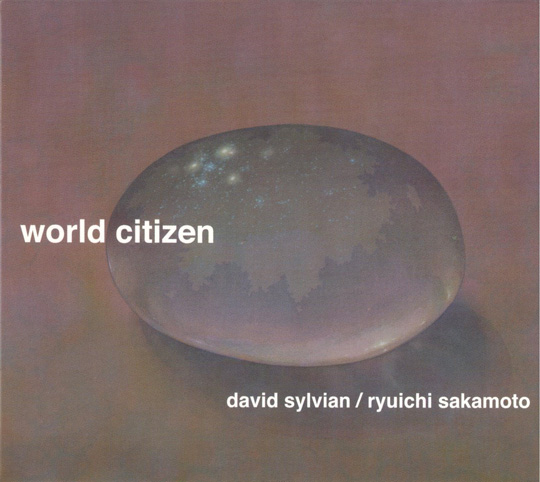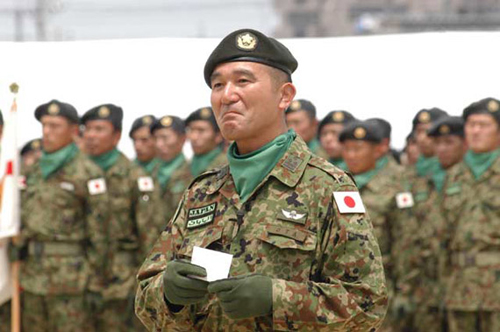
My apologies up front if this post comes off as a tad self-congratulatory. I of course am a history grad - and a PR pro, so this post could potentially be construed as a screed about how awesome I am. But that's not what I'm trying to do here. This is in fact a message to history grads out there who aren't quite sold on the academic path but don't know where else to ply their skills. There is a place for out-of-work historians, and that place is called public relations.
Granted, I am somewhat biased. I was once that history student who, for a time, saw myself embarking on a long career in academia. It didn't quite work out that way for a number of reasons, and after several years of dabbling in various fields I discovered the world of professional communications, and haven't looked back since. I still love the field, though. My MA thesis, which focused on minority religious sects in Japan during the 1920s and 1930s and the role they played in shaping the character of Japanese nationalism during that volatile period in history, is still something I'm quite proud of, and one that has translated into several spin-off articles in the ensuing years.
| A great PR message if ever there was one. |
In a way I still consider myself a 'historian', and indeed many of my posts here are very much about history in one way or another. I'm still very much interested in Japanese history, as well as in Russian and Chinese history, which I also studied in considerable depth in university. And the further I get in my PR studies, the more I've become interested in the history of the profession itself, be it the PR disasters of early companies like White Star Line or fascinating characters like Edward Bernays and Ivy Ledbetter Lee who made the profession what it is today. It seems that wherever I go, I still see the world through the historian's lens.
Why, then, are historians particularly well-suited to the PR field? Apart from the fact that there are a hell of a lot more jobs in PR than there are in history departments, seven reasons spring to mind.
1. Historians tend to be excellent writers.
This one is a no-brainer. There are few academic disciplines that call upon students to do as much writing as history, making it an excellent training ground for a field that more often than not involves a lot of wordcraft. Also, the type of writing that is de-rigueur in the discipline of history, namely clear, concise, reader-friendly prose rather than heavy academese, is exactly what is needed in the PR field. Most PR job descriptions rank writing at or near the top of the required skills, and there's nothing like a history degree to turn you into a writing machine.
2. Historians know a good story when they hear it.
Storytelling and narrative are the heart of the historian's craft. History is nothing more than the totality of humankind's stories, the grand tale of how we all got to where we are today. Public relations is also all about storytelling, about relating compelling narratives about organizations, companies, brands, political candidates and so on. Why should we be interested in the story of British Airways or Greenpeace or Alison Redford? The same reason we should be interested in the Ottoman Empire or the women's suffrage movement. Everything has a compelling story to it - and a good historian/PR pro will find it.
3. They're good at, well, learning from the past.
Organizations facing PR problems often have deep-rooted problems (known in the field as 'smouldering crises') that go back much further than most people would realize. When Korean Air was trying to recover its image following a string of disastrous accidents in the 1980s and 1990s, it was found that the crux of the problem was an authoritarian, non-communicative cockpit culture that hearkened both to the country's recent past as a military dictatorship and even further into premodern feudal culture, leading the company to make vast, sweeping, well-publicized changes to its HR culture. While it doesn't take a historian to realize that learning from the past is a good idea, historians are particularly attuned to its importance.
4. Two words - research chops.
The word 'history' itself derives from the Greek historia, which means 'knowledge acquired by investigation'. As an academic discipline, history is a hell of a lot of writing preceded by even more research, and the higher up you get the more complicated that research becomes. Once you get to the graduate level, you're going to be pulling out all the stops, research-wise, from arcane microfiche and dusty old tomes to digital databases of various sorts. Public relations is often a very research-intensive field, and while a history grad entering the profession is invariably going to have to learn new research tricks and approaches, chances are they will approach said challenges undaunted.
5. History grads are likely to speak another language.
This isn't necessarily the case, but it often is. Graduate students in the history department at the University of British Columbia (where I did my MA) were all required to pass a language exam (whatever language was relevant to their work) before moving on to the research portion of their program. Even students doing British or American history were required to prove their proficiency in a non-English language, be that a dead language like Latin or something tangentally relevant like French or Spanish. While a knowledge of Ancient Syriac or Aramaic is unlikely to be of much use in the PR field, a living second language certainly helps, and historians are likely to have one.
6. They have a lot of 'worthless knowledge' at their disposal.
Here's the thing about historians: we know a lot of random stuff. We're the type of people you hate to play against in Trivial Pursuit because we actually do know what the capital of Macedonia is and how many conspirators were involved in the Gunpowder Plot of 1605. Historians as a general rule are trivia addicts, and while it's easy to poo-pooh much of this as 'worthless knowledge', it certainly helps in a professional field where one is often required to leap from one domain of knowledge to another, be that pipeline politics one day and Aboriginal duty-to-consult policies the next. It certainly helps to have good baseline level of knowledge in a lot of different areas.
7. Sociability - at least by academic standards.
This may not be true across the board, but in my experience historians tend to have a wild party animal streak. (Apparently Iron Maiden frontman Bruce Dickinson has a history background, which doesn't surprise me.) I don't know if this is simply borne out of a love of animated beer-fuelled conversation or whether it's the product of a sober awareness of the fact that the world could erupt in catastrophic warfare at any moment due to some epic foreign policy screw-up and a crazy Serbian with a semi-automatic pistol. Either way, historians tend to be sociable and animated people - and in PR this makes all the difference.

















